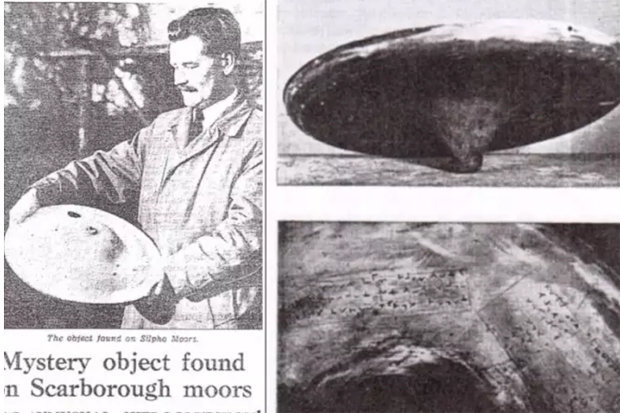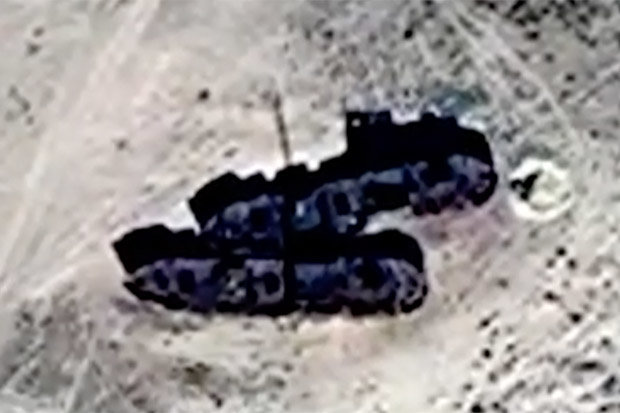
Missing wreckage of Britain’s ‘ROSWELL UFO’ found 60 years later.
Back in 1957, an Unidentified Flying Object was discovered in Silpho Moor near Scarborough in North Yorkshire, England.
The event has often been referred to as “The British Roswell,” although it shouldn’t be confused with the other “British Roswell” that took place in 1986 in a completely different part of the country. (Apparently, UFO truthers in Britain really want their own Roswell conspiracy to debate.)
In the case of the 1957 “Roswell,” often referred to as the Silpho UFO, the story has been particularly interesting. The UFO was recovered by experts and taken for analysis, before disappearing entirely—until now.
Dr. David Clarke of Sheffield Hallam University recently gave a talk at the Science Museum in London, on the subject of recently released papers from the Ministry of Defense that detail UFO sightings.
According to Clarke, following his talk, he was informed that, apparently, the staff had a UFO in their archives:
“One of the museum staff tapped me on the shoulder and asked if I was aware that ‘bits of a flying saucer’ had been kept in a cigarette tin in the museum group store for decades. I was absolutely amazed when later we opened the tin box and saw the wreckage. It was obvious these were the remains of the missing Silpho Saucer that some have claimed as Britain’s answer to the famous Roswell incident. It’s incredible to hear that pieces of this mystery object have been sitting in a museum archive for more than half a century.”
The story of how the UFO wreckage got to the Science Museum is fascinating. Apparently, the pieces were initially sent to the neighboring Natural History Museum, which specializes in biological and geological specimens (making it the best place in London to see dinosaur fossils).
The staff at the Natural History Museum weren’t impressed with what they labeled as a hoax, especially after tests revealed that the tiny 16-inch UFO was definitely not extraterrestrial in nature.
From there, the UFO shards were palmed off on colleagues at the Science Museum, where they remained undisturbed in a cigarette tin in the archives until Clarke’s talk.
According to eyewitnesses from the original 1957 incident, the discovery of the UFO was preceded by a series of lights in the night’s sky.
When the UFO was discovered, it was found to be hollow, and inside were 17 thin sheets of copper which contained mysterious hieroglyphics.
Local man Phillip Longbottom claimed to have translated the text, which apparently includes a message from the alien “Ullo,” who implores humanity to reconsider nuclear disarmament, with the invocation “You will improve or disappear.”
It’s worth noting that the classic sci-fi movie The Day The Earth Stood Still, which contains a similar message, came out six years previously. At the time, people were very keen on idea of aliens contacting humanity to berate us over blowing each other up.
It’s up to each individual to decide for themselves whether or not they believe this or any other “British Roswell” story. Perhaps the most interesting element of this whole affair, though, is the notion that there are wondrous treasures hidden away in the London museums’ archives that haven’t been seen for decades. Who knows what else might be hiding there?













